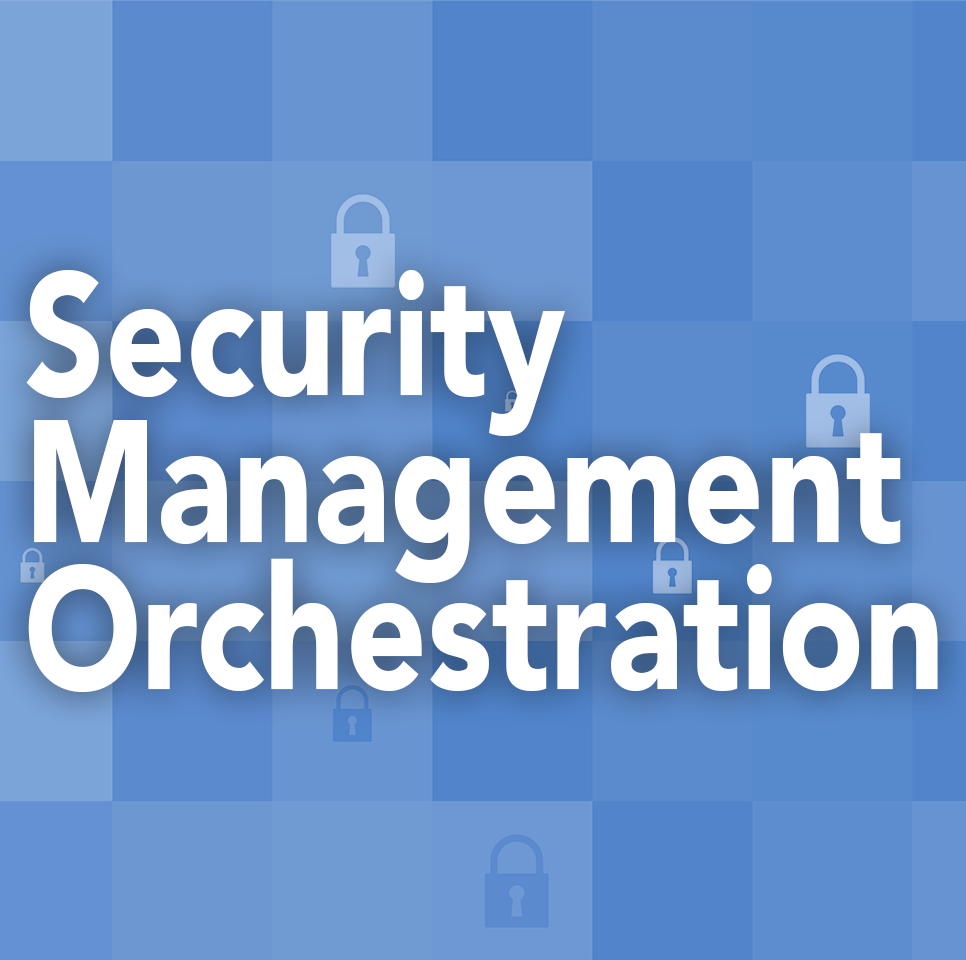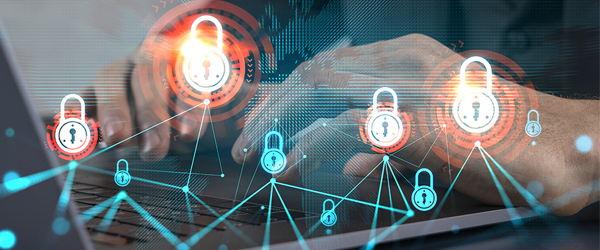What is the difference between Security Management Orchestration™ (SMO) and Security Orchestration, Automation, and Response (SOAR)
What is Security Management Orchestration™?

Now more than ever, business owners are asking how to increase data security. With data breaches plastered across headline news nearly every week these days, there’s never been a better time to plug leaks and step up preventative measures in all aspects of one’s business. With that in mind, below are 10 simple ways you can make your data more secure.
We’re starting with the easiest method for how to increase data security, but it’s also the one that is the most often overlooked. Generic passwords, and logins that are easy to crack, effectively leave the digital doors unlocked for would-be cybercriminals. Three ways you can improve your password security are:
A close cousin of using stronger passwords is utilizing multi-factor authentication. Computers and application logins should only grant a user access after successfully presenting two or more authentication mechanisms. For example, logging in for the first time could require a username, a password, a unique code sent via text message to a smartphone, and an answer to a security question.
Your computer, WordPress plugins, and all software should be updated regularly. When you use outdated software and plugins without regular vulnerability testing, any system vulnerabilities that were recently patched and updated are still left at risk. In other words, the security that you have in place is only as good as its most recent update.
In the event that a breach does occur and files are lost or become unreadable, you would need to have backup copies of your data to continue operating normally. That’s why it’s critical you keep a backup, but you shouldn’t just keep one copy. Many experts feel that keeping at least three copies (one local, one in the cloud, and one offsite) is the best practice to ensure that no single event can destroy all copies.
From mobile devices to laptops, desktops to websites - everything that can be encrypted should be. You can also use digital rights management (DRM) solution software for file-level encryption, and virtual data rooms for added security for distribution and storage of your most sensitive files.
Insider threats can range from innocent to malicious, but a threat is still a threat. From the employees you hire to the vendors you work with, background checks and security protocols are never a bad idea. Speaking of employees and vendors - it’s important that you limit access to your most sensitive data.
Not all data should be accessible to everyone you work with. Compartmentalizing limits risk in that the fewer people that have access to files, the less damage that there would be in the event of one of their accounts is compromised.
When an employee leaves the company, their usernames and passwords should be changed immediately. In addition, any accounts that they had that were unique to them should be deleted. Old files and redundant data should be deleted in an unrecoverable way as well.
As technology continues to evolve, it’s critical that you stay up-to-date on the latest security practices and trends. For example, if you learn that hackers are using a new method of entry into critical systems, you can double down on your security efforts in that area.
You should also train your employees on things like how to spot a fake email, not downloading attachments from unknown senders, and not divulging insider information to individuals outside of the company.
The simple act of being security conscious on a company-wide level can help you stay vigilant and on the lookout for security breaches. This means keeping employees and vendors aware of potential issues as well. When more people are staying mindful of the risks, it will be much easier to detect them early and eliminate them quickly.
From vulnerability scanning to internal audits, regularly testing your security is the best way to ensure the measures that are in place are actually working. Next Web reported that the preferred method for testing your security is to consult an expert. They said, “the only safe way to protect a company as the stakes get higher is to work with an outsourced firm that specializes in security.”
They went onto say, “The only way to make sure something is consistently secure is to test it all the time…If you can find a way to get illegitimate access to your data, the outside world can as well.”
We couldn’t agree more! Get in touch with Rivial if you’d like to learn more about our data security management services or get a quote today.

What is Security Management Orchestration™?

Can you tell the difference between data privacy and data security? If you don’t consider yourself cyber-savvy, there is a strong possibility you...

1 min read
Here are the key takeaways from this blog: Firewalls remain a critical first line of defense—but without regular testing, misconfigurations and...